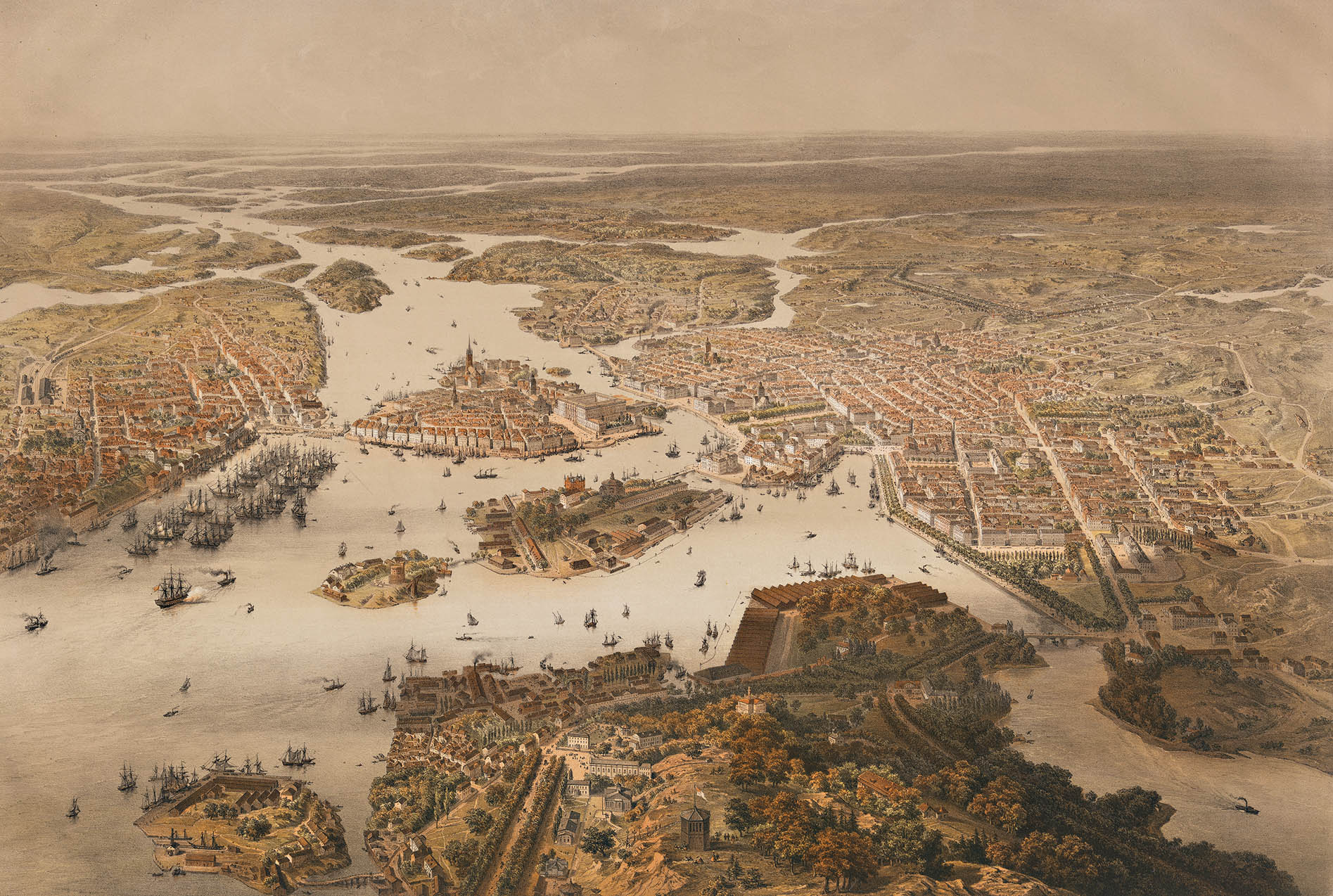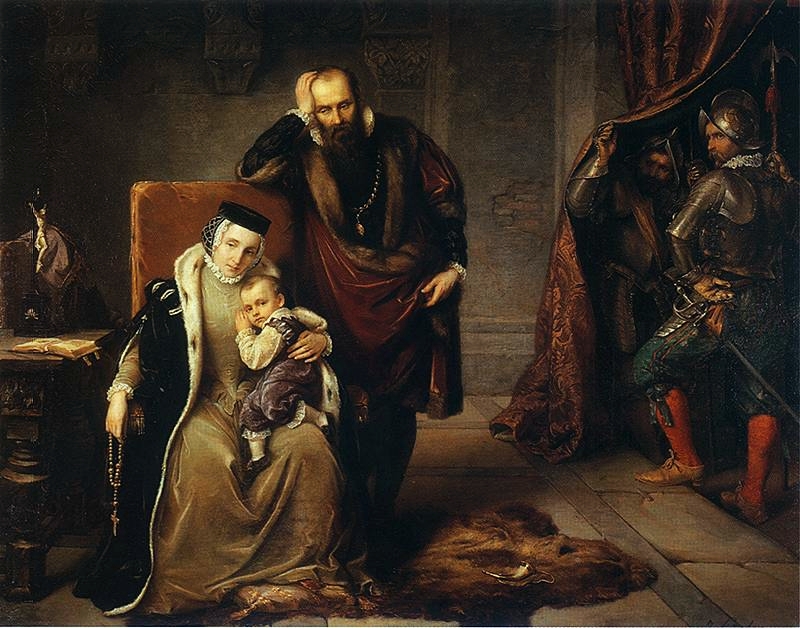|
Monarchy Of Sweden
The monarchy of Sweden is centred on the monarchical head of state of Sweden,See the #IOG, Instrument of Government, Chapter 1, Article 5. by law a constitutional monarchy, constitutional and hereditary monarchy with a parliamentary system.Parliamentary system: see the #IOG, Instrument of Government, Chapter 1, Article 1. There have been kings in what now is the Sweden, Kingdom of Sweden for more than a millennium. Originally an elective monarchy, it became a hereditary monarchy in the 16th century during the reign of Gustav Vasa, though virtually all monarchs before that belonged to a limited and small number of political families which are considered to be the royal dynasties of Sweden. The official continuous count usually begins with the kings who ruled both Svealand and Götaland as one kingdom. Sweden's monarchy is amongst the oldest in the world, with a regnal list stretching back to the tenth century, starting with Eric the Victorious; the Swedish monarchy has, for the p ... [...More Info...] [...Related Items...] OR: [Wikipedia] [Google] [Baidu] |
Carl XVI Gustaf
Carl XVI Gustaf (Carl Gustaf Folke Hubertus; born 30 April 1946) is King of Sweden. Having reigned since 1973, he is the longest-reigning monarch in Swedish history. Carl Gustaf was born during the reign of his paternal great-grandfather, King Gustaf V, as the youngest child and only son of Prince Gustaf Adolf, Duke of Västerbotten, and Princess Sibylla of Saxe-Coburg and Gotha. His father died 1947 KLM Douglas DC-3 crash, in an airplane crash in Denmark in January 1947, when Carl Gustaf was nine months old. Carl Gustaf became crown prince and heir apparent to the Swedish throne at the age of four when his grandfather Gustaf VI Adolf acceded to the throne in 1950. Carl Gustaf acceded to the throne upon his grandfather's death on 15 September 1973. Shortly after he became king, the new Basic Laws of Sweden#Instrument of Government, 1974 Instrument of Government took effect, formally stripping the monarchy of its remaining executive powers. As a result, Carl Gustaf no longer ... [...More Info...] [...Related Items...] OR: [Wikipedia] [Google] [Baidu] |
Thomas Sjöberg (journalist)
Thomas Sjöberg, born 1958 in Sweden, is a journalist and author based in Stockholm. He began his career as journalist in the late 1970s and for several years filled in for others in contributing articles to newspapers such as ''Expressen'', ''Aftonbladet'', '' Sydsvenska Dagbladet'', and ''Dagens Nyheter''. In the mid-1980s he switched to freelance employment and worked for, among others, '' Nöjesguiden'' and ''Elle''. He made himself above all known as a writer of personal profiles and wrote a number of notable articles on people such as Berth Milton, Ingmar Bergman, Pierre Schori, Sven-Göran Eriksson, and Lennart Hyland. Sjöberg has taught biographical journalism and contributed to Swedish television. In the first decade of the 21st century Sjöberg was editor for '' Scanorama'', the in-flight magazine published by the Scandinavian Airline SAS. Sjöberg has also written several books (see below), the most controversial of which was ''Carl XVI Gustaf: Den motvillige m ... [...More Info...] [...Related Items...] OR: [Wikipedia] [Google] [Baidu] |
Norse Saga
Sagas are prose stories and histories, composed in Iceland and to a lesser extent elsewhere in Scandinavia. The most famous saga-genre is the (sagas concerning Icelanders), which feature Viking voyages, migration to Iceland, and feuds between Icelandic families. However, sagas' subject matter is diverse, including legendary saga, pre-Christian Scandinavian legends; Heilagramannasögur, saints and Biskupasögur, bishops both from Scandinavia and elsewhere; konungasögur, Scandinavian kings and Samtíðarsögur, contemporary Icelandic politics; and chivalric romances either translated from Continental European languages or composed locally. Sagas originated in the Middle Ages, but continued to be composed in the ensuing centuries. Whereas the dominant language of history-writing in medieval Europe was Latin language, Latin, sagas were composed in the vernacular: Old Norse and its later descendants, primarily Icelandic language, Icelandic. While sagas are written in prose, they s ... [...More Info...] [...Related Items...] OR: [Wikipedia] [Google] [Baidu] |
Suiones
The Swedes (; Old Norse: ''svíar,'' ) were a North Germanic tribe who inhabited Svealand ("land of the Swedes") in central Sweden. Along with Geats and Gutes, they were one of the progenitor groups of modern Swedes. They had their tribal centre in Gamla Uppsala. The Roman historian Tacitus was the first to write about the tribe in his ''Germania'' from AD 98, referring to them as the ''Suiones''. Locally, they are possibly first mentioned by the Kylver Stone in the 4th century. Jordanes, in the 6th century, mentions ''Suehans'' and ''Suetidi''. These names likely derive from the Proto-Indo-European root * s(w)e, meaning "one's own". ''Beowulf'' mentions the Swedes around 1000 A.D. According to early sources such as the sagas, especially '' Heimskringla'', the Swedes were a powerful tribe whose kings claimed descendence from the god Freyr. During the Viking Age they constituted the basis of the Varangian subset, the Norsemen that travelled eastwards (see Rus' people). The s ... [...More Info...] [...Related Items...] OR: [Wikipedia] [Google] [Baidu] |
Tacitus
Publius Cornelius Tacitus, known simply as Tacitus ( , ; – ), was a Roman historian and politician. Tacitus is widely regarded as one of the greatest Roman historians by modern scholars. Tacitus’ two major historical works, ''Annals'' (Latin: ) and the ''Histories'' (Latin: ), originally formed a continuous narrative of the Roman Empire from the death of Augustus (14 AD) to the end of Domitian’s reign (96 AD). The surviving portions of the Annals focus on the reigns of Tiberius, Claudius, Nero, and those who reigned in the Year of the Four Emperors (69 AD). Tacitus's other writings discuss oratory (in dialogue format, see ), Germania (in ''De origine et situ Germanorum''), and the life of his father-in-law, Agricola (the general responsible for much of the Roman conquest of Britain), mainly focusing on his campaign in Britannia ('' De vita et moribus Iulii Agricolae''). Tacitus's ''Histories'' offers insights into Roman attitudes towards Jews, ... [...More Info...] [...Related Items...] OR: [Wikipedia] [Google] [Baidu] |
Konungr
Germanic kingship is a thesis regarding the role of kings among the pre-Christianized Germanic tribes of the Migration period (c. 300–700 AD) and Early Middle Ages (c. 700–1000 AD). The thesis holds that the institution of feudal monarchy developed, through contact with the Roman Empire and the Christian Church, from an earlier custom of sacral and military kingship based on both birth status and consent from subjects. The term barbarian kingdom is used in the context of those Germanic rulers who after 476 AD and during the 6th century ruled territories formerly part of the Western Roman Empire, especially the Barbarian kings of Italy. In the same context, Germanic law is also derisively termed ''leges barbarorum'' "barbarian law" etc. The thesis of Germanic kingship appeared in the nineteenth century and was influential in the historiography of early medieval society, but has since come under criticism for drawing generalizations from limited evidence. Canning wr ... [...More Info...] [...Related Items...] OR: [Wikipedia] [Google] [Baidu] |
Royal Right Of Disposal (Sweden)
The Royal Right of Disposal (Sweden) is an agreement between the Riksdag of Sweden and its monarch that places at the disposal of the latter the Swedish Crown palaces and the large Stockholm island of Djurgården. This right of disposal (''dispositionsrätt''), still in effect, was enacted during the period when the Swedish Constitution of 1809 was worked out, during which the king lost income and other powers. Properties thus placed at the disposal of the monarch are owned by the State, administered by the Office of the Steward (''Ståthållarämbetet'') of the Royal Court of Sweden, and managed by the National Property Board of Sweden, with the exception of Djurgården with Rosendal Palace, which is under special royal management (''Kungliga Djurgårdens Förvaltning''). It has been claimed that, through the Royal Right of Disposal, this part of the predemocratic monarchical system remains intact, despite the intention under the 1974 Instrument of Government that the Swedi ... [...More Info...] [...Related Items...] OR: [Wikipedia] [Google] [Baidu] |
Stockholm
Stockholm (; ) is the Capital city, capital and List of urban areas in Sweden by population, most populous city of Sweden, as well as the List of urban areas in the Nordic countries, largest urban area in the Nordic countries. Approximately 1 million people live in the Stockholm Municipality, municipality, with 1.6 million in the Stockholm urban area, urban area, and 2.5 million in the Metropolitan Stockholm, metropolitan area. The city stretches across fourteen islands where Mälaren, Lake Mälaren flows into the Baltic Sea. Outside the city to the east, and along the coast, is the island chain of the Stockholm archipelago. The area has been settled since the Stone Age, in the 6th millennium BC, and was founded as a city in 1252 by Swedish statesman Birger Jarl. The city serves as the county seat of Stockholm County. Stockholm is the cultural, media, political, and economic centre of Sweden. The Stockholm region alone accounts for over a third of the country's Gros ... [...More Info...] [...Related Items...] OR: [Wikipedia] [Google] [Baidu] |
Ulriksdal Palace
Ulriksdal Palace () is a royal palace situated on the banks of the Edsviken in the Royal National City Park in Solna Municipality, 6 km north of Stockholm. It was originally called ''Jakobsdal'' for its owner Jacob De la Gardie, who had it built by architect Hans Jacob Kristler in 1638–1645 as a country retreat. He later passed on to his son, Magnus Gabriel De la Gardie, from whom it was purchased in 1669 by Queen Hedwig Eleonora of Holstein-Gottorp, Hedvig Eleonora of Sweden. The present design is mainly the work of architect Nicodemus Tessin the Elder and dates from the late 17th century. History Hedvig Eleonora had grand plans for the palace and renamed it in 1684 Ulriksdal in honor of its intended future owner, her grandson Prince Ulric. The prince, however, died at the age of one and Hedvig Eleonora kept the palace until her death in 1715 when the property was transferred to the crown for King Frederick I of Sweden, Frederick I's disposal. Several drawings by Nic ... [...More Info...] [...Related Items...] OR: [Wikipedia] [Google] [Baidu] |
Gripsholm Castle
Gripsholm Castle () is a castle in Mariefred, Södermanland, Sweden. It is located by lake Mälaren in south central Sweden, in the municipality of Strängnäs, about 60 km west of Stockholm. Since Gustav I Vasa, Gripsholm has belonged to the Swedish royal family and was used as one of their residences until the 18th century. It is now a museum, but is still considered to be a palace at the disposal of the King and as such it is part of the Crown palaces in Sweden. History Early history A fortress was built at the location in the 1370s by Bo Jonsson Grip. It was sold to Queen Margaret I in 1404, and remained the property of the crown until it was acquired by Sten Sture the Elder, the Regent, in 1472 by an exchange of landed properties, whereby it became private, hereditary land of allodial status, to belong to the ownership of Regent Steen's own family. Steen donated the place for use as a Carthusian monastery, or charterhouse, in 1498, and the Gripsholm estate ... [...More Info...] [...Related Items...] OR: [Wikipedia] [Google] [Baidu] |
Riksdag
The Riksdag ( , ; also or , ) is the parliament and the parliamentary sovereignty, supreme decision-making body of the Kingdom of Sweden. Since 1971, the Riksdag has been a unicameral parliament with 349 members (), elected proportional representation, proportionally and serving, since 1994, fixed four-year terms. The 2022 Swedish general election is the most recent general election. The constitutional mandates of the Riksdag are enumerated in the ''Basic Laws of Sweden#Instrument of Government, Instrument of Government'' (), and its internal workings are specified in greater detail in the Riksdag Act ().Instrument of Government as of 2012. Retrieved on 16 November 2012. [...More Info...] [...Related Items...] OR: [Wikipedia] [Google] [Baidu] |








